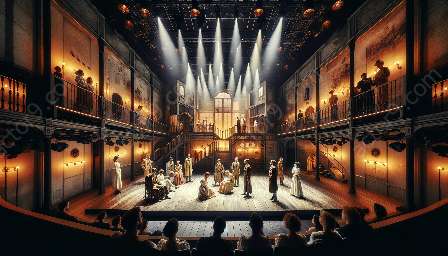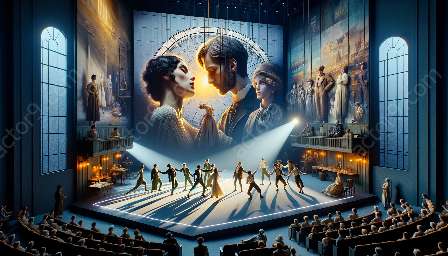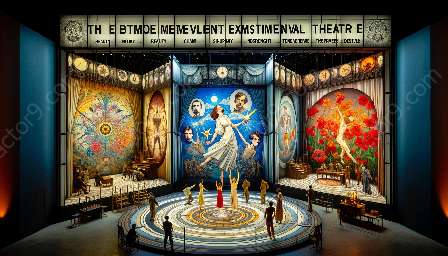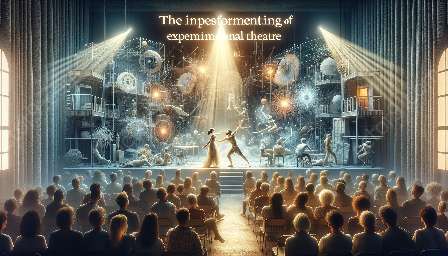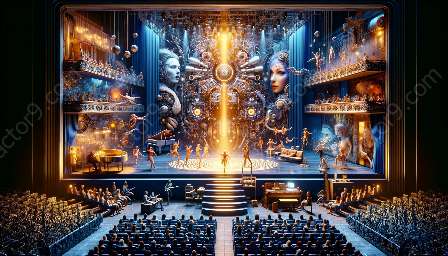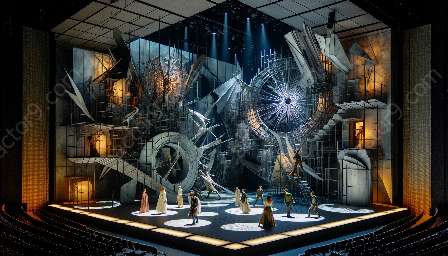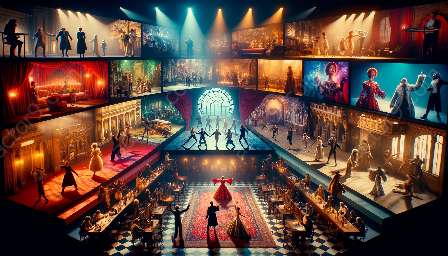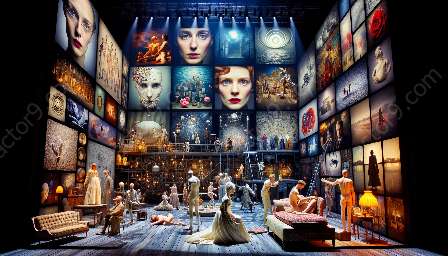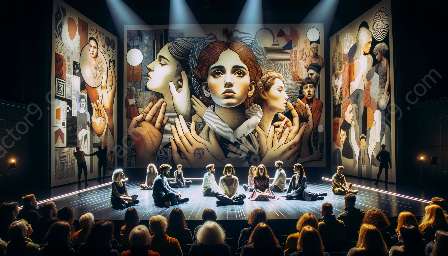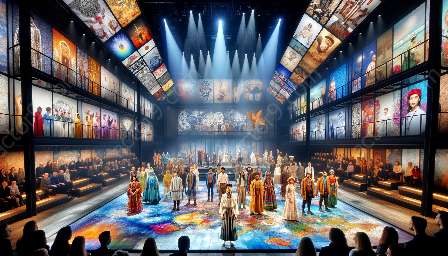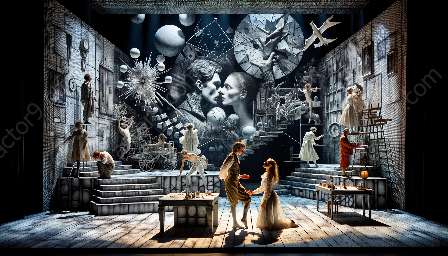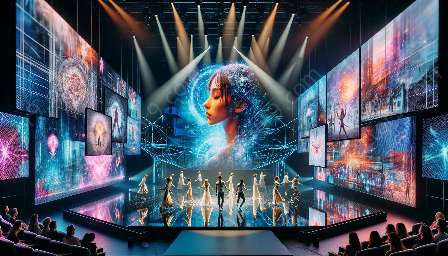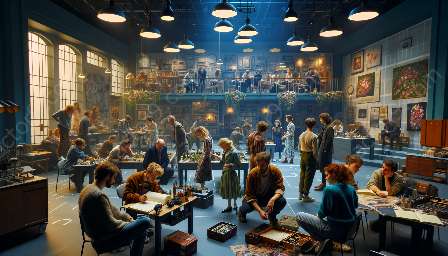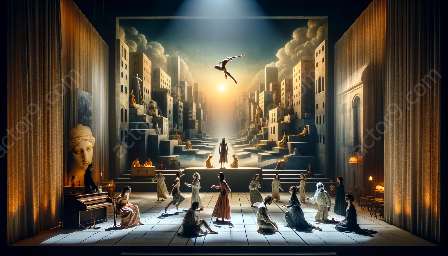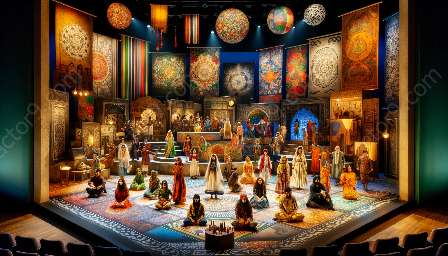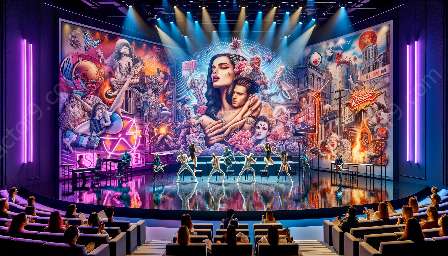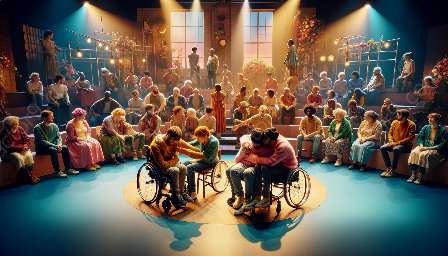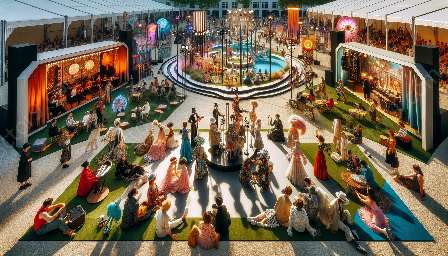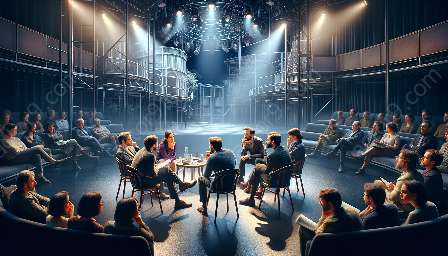Experimental theatre has always been a space for pushing the boundaries of traditional storytelling and engaging audiences in unique and thought-provoking ways. One of the innovative techniques that have gained prominence in experimental theatre is non-linear storytelling.
Non-linear storytelling is a narrative technique that eschews the traditional linear progression of a story in favor of a more fragmented, non-chronological approach. This form of storytelling challenges the audience's perception of time, space, and causality, inviting them to engage with the narrative in a more active and participatory manner.
When incorporated into experimental theatre, non-linear storytelling offers a wealth of opportunities for creative expression and audience involvement. By breaking away from linear narratives, experimental theatre can explore complex themes, perspectives, and emotions in a non-traditional way, creating a multi-layered experience for the audience.
The Impact of Non-Linear Storytelling on Inclusion in Experimental Theatre
Non-linear storytelling plays a significant role in promoting inclusivity in experimental theatre. By disrupting traditional narrative structures, non-linear storytelling opens the door to diverse voices and perspectives, providing a platform for underrepresented stories to be told. This inclusivity extends to both the creators and the audience, fostering a more diverse and representative theatre landscape.
Experimental theatre, with its emphasis on pushing boundaries and challenging norms, is ideally suited to embrace non-linear storytelling as a tool for inclusivity. This approach allows for the exploration of alternative narratives and marginalized experiences, empowering artists to amplify voices that are often overlooked in mainstream theatre.
Enhancing Creativity and Engagement
Non-linear storytelling also sparks creativity and engagement in experimental theatre. By subverting traditional storytelling conventions, artists are encouraged to explore new modes of expression and experiment with unconventional narrative structures. This freedom fosters a culture of innovation, paving the way for groundbreaking theatrical experiences that captivate and challenge audiences.
Furthermore, non-linear storytelling encourages active engagement from the audience, as they are required to piece together the fragmented narrative elements and make their own connections. This participatory aspect of non-linear storytelling in experimental theatre turns audiences into co-creators, enhancing their sense of immersion and investment in the artistic experience.
Non-Linear Storytelling: Shaping the Contemporary Theatre Landscape
As non-linear storytelling continues to make its mark in experimental theatre, it is reshaping the contemporary theatre landscape in profound ways. This innovative approach not only expands the artistic possibilities within experimental theatre but also redefines audience expectations and experiences.
By embracing non-linear storytelling, experimental theatre is at the forefront of a narrative revolution, dismantling traditional storytelling constraints and paving the way for a more inclusive, diverse, and immersive theatrical landscape.
Conclusion
Non-linear storytelling has become a powerful tool for enhancing inclusivity and creativity within the realm of experimental theatre. By challenging traditional narrative structures and embracing diverse voices, experimental theatre is able to create a more dynamic and engaging artistic landscape. As non-linear storytelling continues to evolve, it promises to shape the future of theatre, offering new possibilities for artistic expression and audience engagement.

